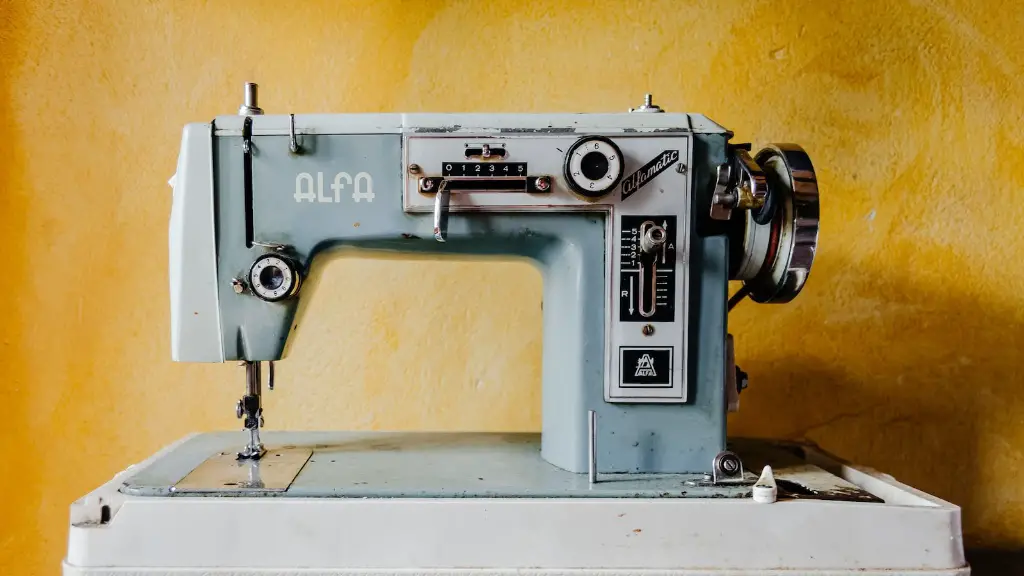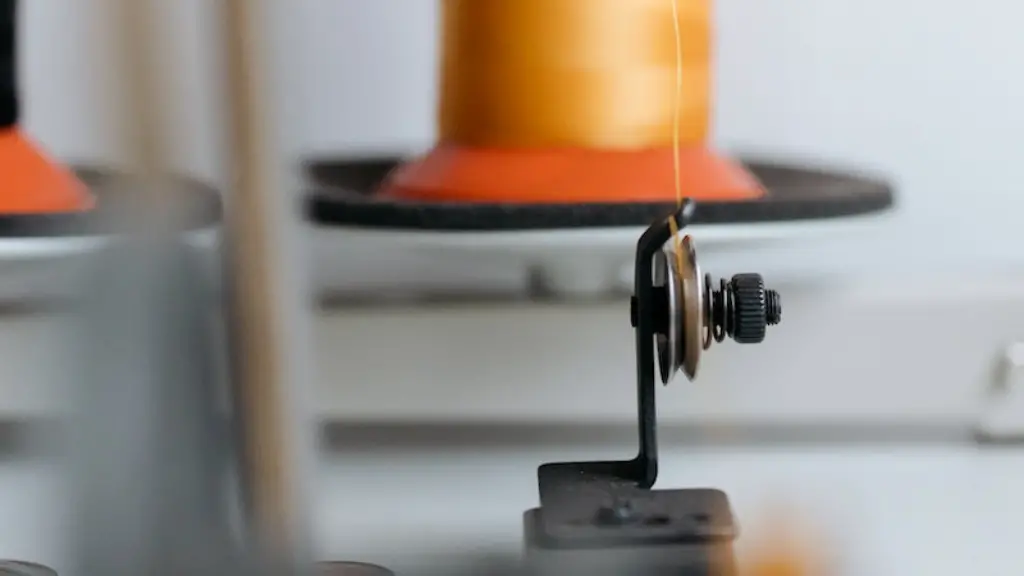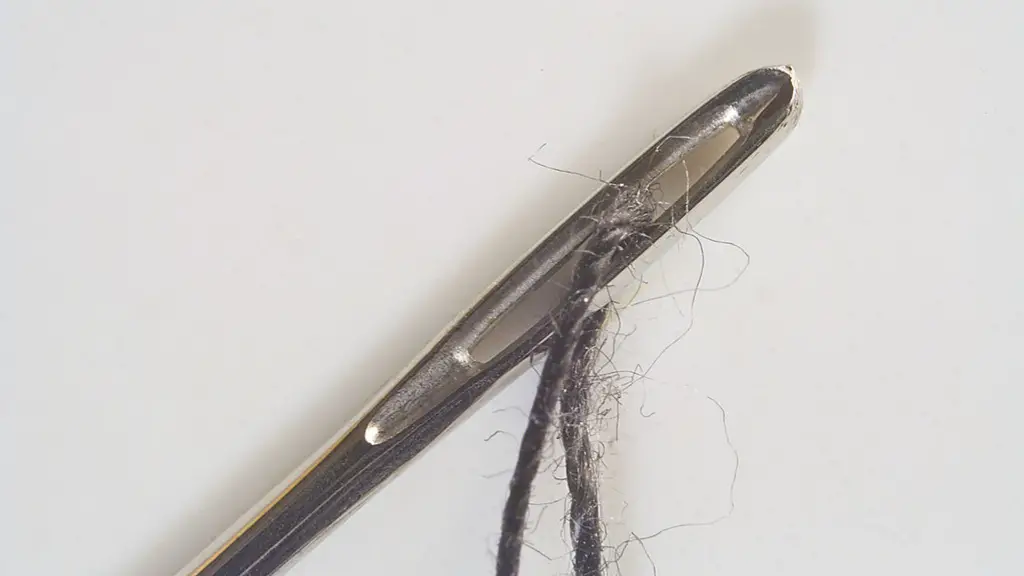The Singer Featherweight Sewing Machine is one of the most popular and beloved sewing machines of all time. But keeping it clean and properly lubricated is a must in order to keep it running smoothly. Below are some tips and tricks to help you keep your Featherweight in excellent condition.
Firstly, the most important thing when cleaning your Featherweight is to make sure that the machine is unplugged from the power source and that all attachments, needles, etc. are removed from the machine. Use a damp cloth and a mild soap to wipe down the outside and all external parts thoroughly. Be sure to also clean any lint or dust from the sides and back of the machine, being careful not to scratch or damage any of the parts.
Cleaning the Bedplate and Slide Plate
Next, you’ll want to clean the bedplate and slide plate of your Featherweight. Gently remove the slide plate and bedplate and take them outside to a well-lit area. Use compressed air, an old toothbrush, or small vacuum cleaner to remove any accumulated dirt and lint. Also use the same tools to clean out any dirt and debris that may have collected in the bobbin case. Once you have finished cleaning, make sure all the pieces are dry and gently put them back in place.
Change the Needle
It’s always a good idea to change the needle in your Featherweight sewing machine every 10-12 hours of use. This helps to ensure that the stitch quality remains consistent and that the needle should continue to thread correctly. Be sure to select the correct needle size for your type of fabric and to use thread that matches the needle size.
Re-Lubricate the Bobbin Case
In order to ensure smooth operation and extend the life of your machine, it’s important to lubricate the bobbin case on a regular basis. Begin by unthreading the machine and opening the bobbin case. Squirt a small amount of sewing machine oil into the slot and re-thread the machine. After a few stitches, open the bobbin case again and check for any excess oil.
Clean the Feed System
The feed system on a Featherweight sewing machine is essential for correct stitch formation and problems can arise if the feed system is dirty or clogged. You’ll want to gently remove the feed dog and take them to a well lit area. Use compressed air or a small vacuum cleaner to remove any dust, lint, and debris. Once they’ve been thoroughly cleaned and dried, put them back in place, being sure to pay close attention to the alignment.
Thread Take-Up Lever
In addition to cleaning and lubricating the other parts of the sewing machine, it is important to make sure that the thread take-up lever is clean and properly lubricated. This part is responsible for lifting the thread off the spool as it is being sewn. Use a small brush to remove any dust or lint that may have accumulated and apply a small amount of sewing machine oil to lubricate the lever.
Oiling the Gears and Moving Parts
It’s also important to oil the gears and moving parts of your Featherweight sewing machine. Begin by unplugging the machine from the power source and unthreading the machine. Place a few drops of sewing machine oil on a cloth and wipe down all of the exposed moving parts, paying close attention to the shuttle race and other components that move back and forth. Be sure to also oil any exposed gears in the same way.
Replacing the Internal Belts
The internal belts on a Featherweight sewing machine can wear out over time and should be replaced if they are broken or worn. It’s best to purchase new belts that are made specifically for the Featherweight model. Start by removing the top cover of the machine and locate the two drive belts that power the machine. Remove the old belts and replace them with the new ones making sure to follow the instructions included with the new belts.
Regular Maintenance
Finally, it’s always important to remember that regular maintenance, such as cleaning and lubrication, is essential in keeping your Featherweight sewing machine running smoothly. Setting aside some time every few months to thoroughly clean, oil, and lubricate the machine will help to prevent future problems and keep your machine running for years to come.


